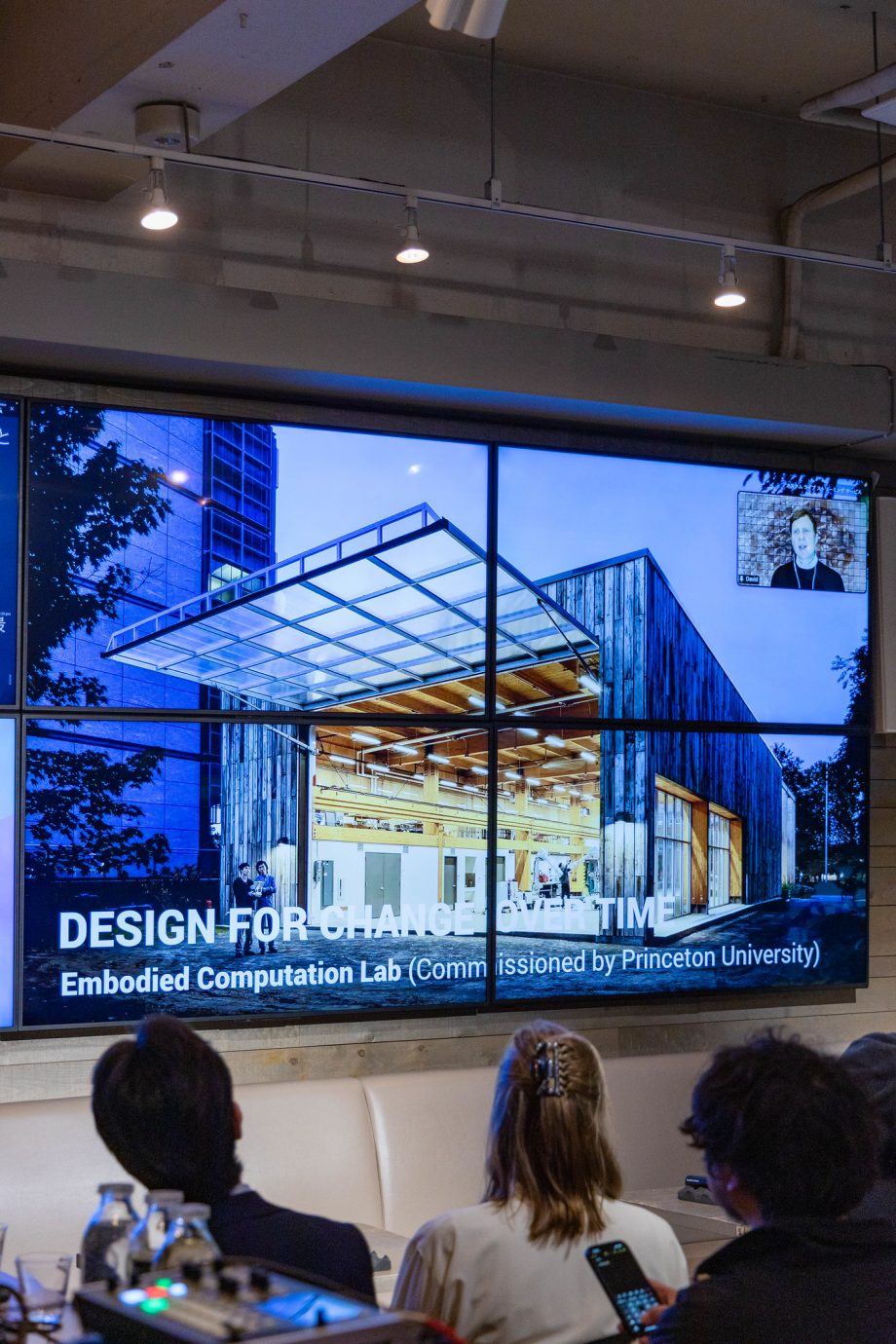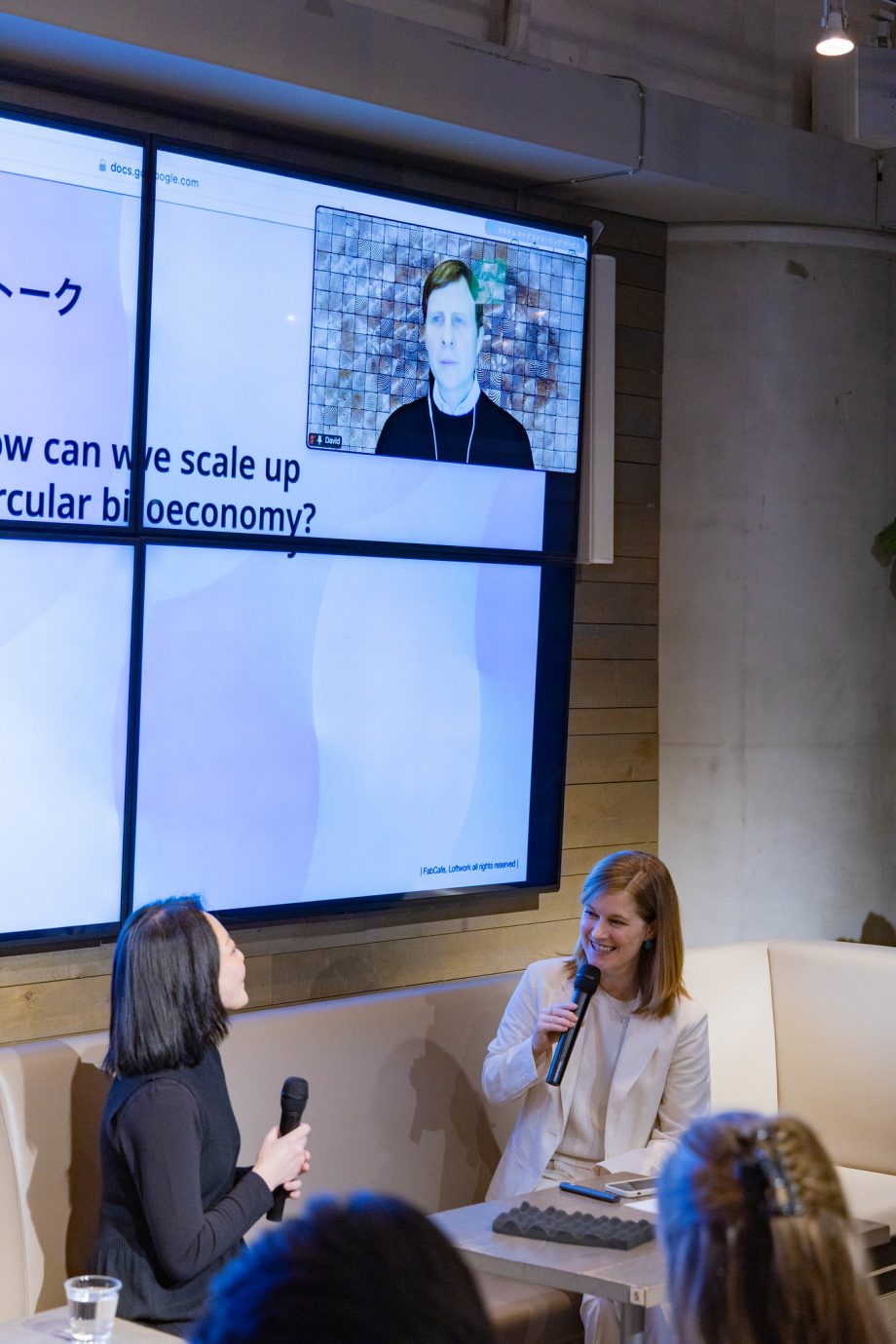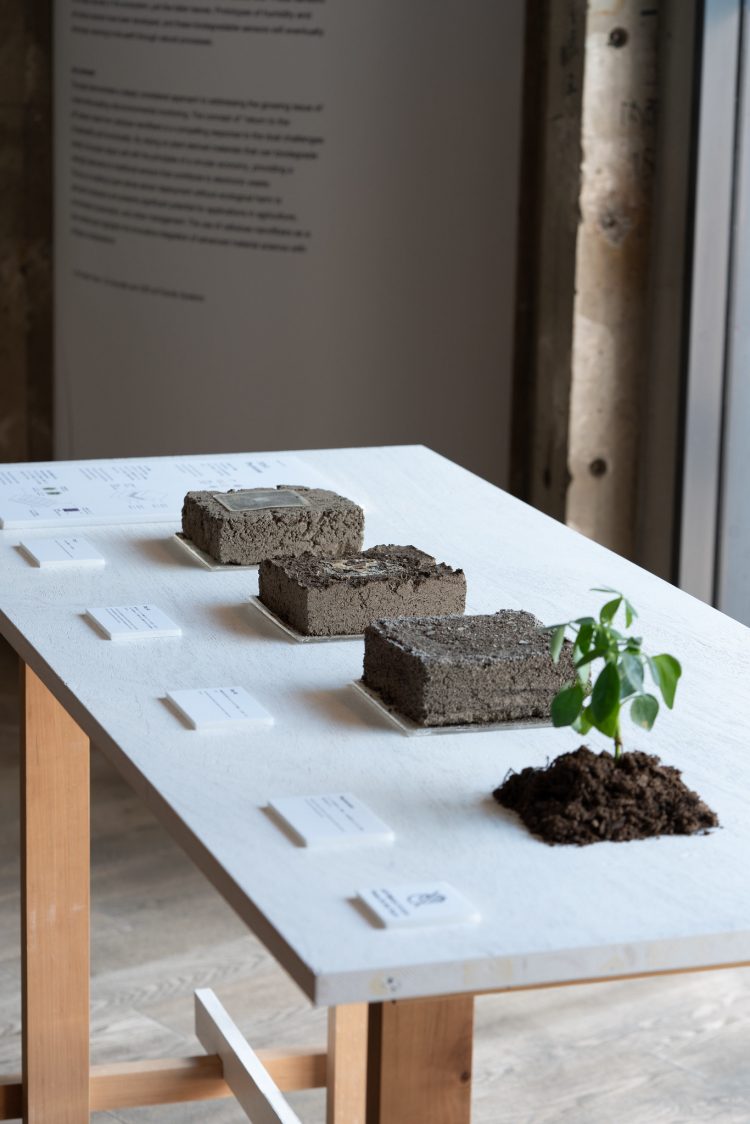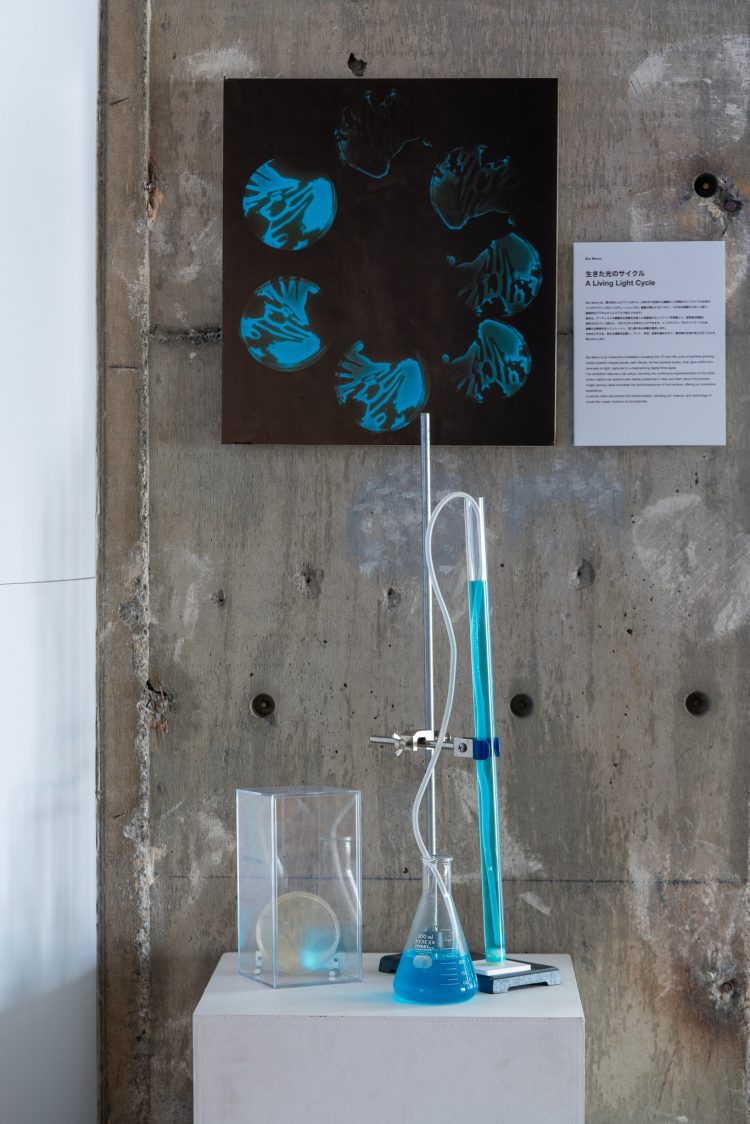Event report
April 22, 2025
John Amari
Writer & Innovation consultant
The crQlr Awards have long been at the forefront of recognizing and promoting circular design, sustainability and regenerative innovation. In 2025, the crQlr Summit in Tokyo continued its mission to foster dialogue and action toward a more sustainable world. Organized by Loftwork and FabCafe, the summit celebrated pioneering projects and explored new ways to harness nature’s regenerative cycles.
This year’s theme, “Living Loops,” challenged participants to move beyond human-centric linear systems and embrace nature-driven solutions towards a circular economy. Among the judges were David Benjamin, Anni Korkman, and Kalaya Kovidvisith, while Takaaki Kasuga, Arthur Guilleminot and Laura Bennetton were honored as Special Prize Winners.
David Benjamin, founding principal of The Living and director of AEC (architecture, engineering and construction) research at Autodesk, delivered the keynote address, urging attendees to reconsider how architecture interacts with the natural world. Benjamin, also an associate professor of architecture at Columbia University, introduced the concept of “Living Architecture,” advocating for buildings that adapt over time and integrate biological processes.
Benjamin’s discussion centered around “The Phoenix Project,” a housing development in California that incorporates carbon-negative materials, including mycelium-based composites. He shared insights on how mycelium, the vegetative part of fungus, can replace traditional concrete and insulation materials while actively sequestering carbon, presenting a revolutionary shift toward regenerative design.
Another key focus of Benjamin’s speech was the “importance of drop-in technologies,” sustainable solutions that seamlessly integrate into existing infrastructure to scale up circular design practices. He emphasized that while radical innovation is necessary, bridging the gap between lab-scale experiments and real-world, scalable implementation requires practical solutions that industries can adopt today.
-

David Benjamin from The Living, Autodesk, and Columbia University, joined the crQlr Summit remotely. Photo: Eileen Kao.
-

FabCafe Bangkok Co-founder and crQlr Awards Special Prize Judge, Kalaya Kovidvisith and crQlr Awards Chairman, Kelsie Stewart, joined from FabCafe Tokyo. Photo: Eileen Kao.
FabCafe’s Chief Community Officer Kelsie Stewart (right), who is also the chairperson of the crQlr Awards and the moderator of the summit, asked Benjamin: “How do we scale these solutions effectively while addressing resistance from traditional industries?”
“One approach,” Benjamin replied, “is to focus on hybrid models. We don’t need to wait for perfection; instead, we should introduce natural materials alongside conventional methods, proving their effectiveness incrementally.”
Benjamin concluded by urging architects, designers, and engineers to break free from conventional thinking and start treating buildings as “living organisms”—or dynamic structures that respond and adapt to environmental changes rather than remaining static over time.
Now in its fourth year, the crQlr Awards 2024 received over 140 submissions from 47 countries; applicants hailed from several genres and industries. Three submissions were recognized as “Special Prize Winners,” receiving particular attention for their groundbreaking contributions towards the realization of a circular bioeconomy. These projects demonstrated the summit’s theme of “Living Loops,” integrating nature’s regenerative power with cutting-edge technology and creative vision.
Special Prize Winner Takaaki Kasuga, an assistant professor at Osaka University, presented his pioneering work on “biodegradable environmental sensors,” designed to monitor soil health without contributing to electronic waste. His project, “Return to Soil Circular Sensors,” replaces traditional electronic sensors with devices made from cellulose nanofibers derived from plants. These sensors, once deployed, naturally decompose over time, eliminating the long-term waste problem associated with conventional monitoring technologies.

Special Prize Winner Takaaki Kasuga, from Osaka University, presented his pioneering work on biodegradable environmental sensors. Photo: Eileen Kao.
At the summit in Tokyo, Kasuga detailed the sensor’s real-world applications, particularly in “smart agriculture” and disaster prevention. By providing real-time data on soil moisture levels, temperature fluctuations, and pollutant presence, these sensors, for example, enable farmers and environmental scientists to make informed decisions without relying on plastic-based electronics.
After Kasuga’s presentation, Moderator Stewart asked him the following: “What inspired you to develop biodegradable sensors, and how do you see their role evolving in the next decade?”
“The biggest inspiration,” Kasuga said, “came from observing nature. In natural ecosystems, organic materials decompose and return to the soil without harming the environment. I wanted to create a technology that mimicked this process, ensuring that we can use smart technology without generating e-waste.”

Takaaki Kasuga’s biodegradable sensors have real-world applications, particularly in smart agriculture and disaster prevention. Photo: Lasse Kusk.
Kasuga emphasized that moving toward biodegradable electronics was not just an environmental necessity but an essential step toward “harmonizing technology with nature.” His project, showing how sensors can start degrading in soil within weeks, is part of the temporary exhibition of the crQlr awards on display at FabCafe Tokyo.
The second Special Prize Winner, Arthur Guilleminot, an “ecodeviant” artist visiting from Amsterdam, captured the audience’s attention with his provocative yet thought-provoking project, “Piss Soap.” Guilleminot’s work challenges deeply ingrained cultural taboos surrounding disgust and especially bodily waste, demonstrating how urine, a substance often discarded without thought, can be transformed into a useful, “hygienic product.”

Special Prize Winner Arthur Guilleminot, an “ecodeviant” artist, enthralled the audience with his provocative project, “Piss Soap.” Photo: Eileen Kao.
Guilleminot’s project is a bold statement against wastefulness, using urine as an abundant, untapped resource in the creation of natural soap. He explained the “chemical saponification process,” where urine’s ammonia content acts as a cleansing agent. His aim has been not only to create an alternative to conventional soap but also to provoke discussion about resource circularity and societal morals around hygiene and waste.
Beyond the product itself, Guilleminot explored the “philosophy of eco-deviance,” an artistic approach that subverts conventional sustainability narratives. Speaking in person at the summit in Tokyo, he emphasized that solutions to environmental problems must “question the social constructs that shape consumption and disposal habits.”

Arthur Guilleminot’s provocative project “Piss Soap” challenges deeply ingrained cultural taboos around disgust. Photo: Lasse Kusk.
Summit Chairperson and Moderator Stewart pointedly asked Guilleminot: “Many might find this concept unconventional, even shocking. How do you plan to change public perception?”
Guilleminot replied, saying “The key is education and experience. When people interact with the product and understand the science behind it, they begin to question their preconceived notions of waste. It’s about shifting the narrative from disgust to utility.”
Visitors to FabCafe Tokyo could not only observe Guilleminot’s process for making “piss soap” as part of the crQlr Award exhibition, but also try samples provided in the venue’s restrooms.
At the summit, London-based multidisciplinary artist Laura Benetton, the third Special Prize Winner, presented “BIO-MOON LAB,” a project that merges bioluminescent bacteria with contemporary art. Inspired by the natural glow of bioluminescent creatures such as dinoflagellates and marine bacteria, such as Vibrio fisheri, Benetton’s work explores the potential of biological illumination as an alternative to artificial lighting.

London-based multidisciplinary artist Laura Benetton, a Special Prize Winner, presenting her project, “BIO-MOON LAB”. Photo: Eileen Kao.
Benetton’s presentation traced the scientific and artistic evolution of the project, from early experiments with bacteria cultures in petri dishes to the development of a “bioreactor system” capable of sustaining a glowing installation for extended periods. Benetton described the practical applications of bioluminescence, imagining a future where cities might be partially lit by self-sustaining, living light sources.
Following Benetton’s presentation, Moderator Stewart asked: “What do you see as the biggest challenge in making bioluminescent light a mainstream solution?”
“The challenge lies in maintaining consistent, long-lasting illumination,” Benetton said. “While nature provides incredible tools, translating them into urban infrastructure requires engineering breakthroughs.”

Laura Benetton’s project, “BIO-MOON LAB,” blends bioluminescent bacteria with contemporary art. Photo: Lasse Kusk.
Benetton underlined the importance of cross-disciplinary collaboration, noting that her work would not have been possible without the support of biologists, material scientists, and environmental engineers at her alma mater, Central Saint Martins College of Art and Design, an institution of the University of the Arts London.
Throughout the summit, panel discussions provided a platform for in-depth dialogue on circularity, regenerative design and scaling sustainable solutions. Moderated by FabCafe and Loftwork’s Stewart, the sessions, or “Cross Talks,” brought together industry leaders and award winners to explore the intersection of art, science and business.
Cross Talk 1 featured Benjamin and Kovidvisith, who discussed how to scale up a circular economy, while Cross Talk 2 brought together Korkman, Guilleminot and Bennetton to discuss how creativity can drive a shift toward a nature-centric mindset.
Kovidvisith, co-founder of FabCafe Bangkok, discussed the economic and cultural challenges of adopting circular bioeconomy solutions. She pointed out that while regenerative technologies are advancing rapidly, many companies still treat sustainability as “a marketing strategy rather than a core business principle.”

Kalaya Kovidvisith (left), co-founder of FabCafe Bangkok, discussed the economic and cultural challenges of adopting circular bioeconomy solutions. Photo: Eileen Kao.
Benjamin emphasized that true “circular transformation requires both urgency and pragmatism.” He noted that while futuristic materials such as “mycelium bricks” hold immense promise, “hybrid solutions”, where natural materials are combined with minimal synthetic reinforcements, can help bridge the gap to full adoption.
Korkman, program director of Helsinki Design Week, highlighted the role of “storytelling in sustainability.” Also joining the summit in person in Tokyo, Korkman added, “people must see circularity as aspirational, not just necessary,” reinforcing the idea that “designers and artists play a crucial role in making sustainability desirable.”

Anni Korkman (far left), program director of Helsinki Design Week, highlighted the role of storytelling in sustainability. Photo: Eileen Kao.
Special Prize Winners Guilleminot and Benetton explored how “artistic expression can drive sustainability awareness.” Guilleminot spoke about the “power of disruption in changing perceptions,” while Benetton emphasized the “emotional impact of bioluminescent art,” which fosters a deeper connection between humans and the environment.
Moderator Stewart closed the summit with a powerful reflection on the significance of the discussions and innovations presented: “What we have seen today is more than just creative solutions—it is a glimpse into a future where humans work alongside nature, rather than against it. The projects shared here are bold steps toward a world that embraces circularity as the norm, not the exception.”
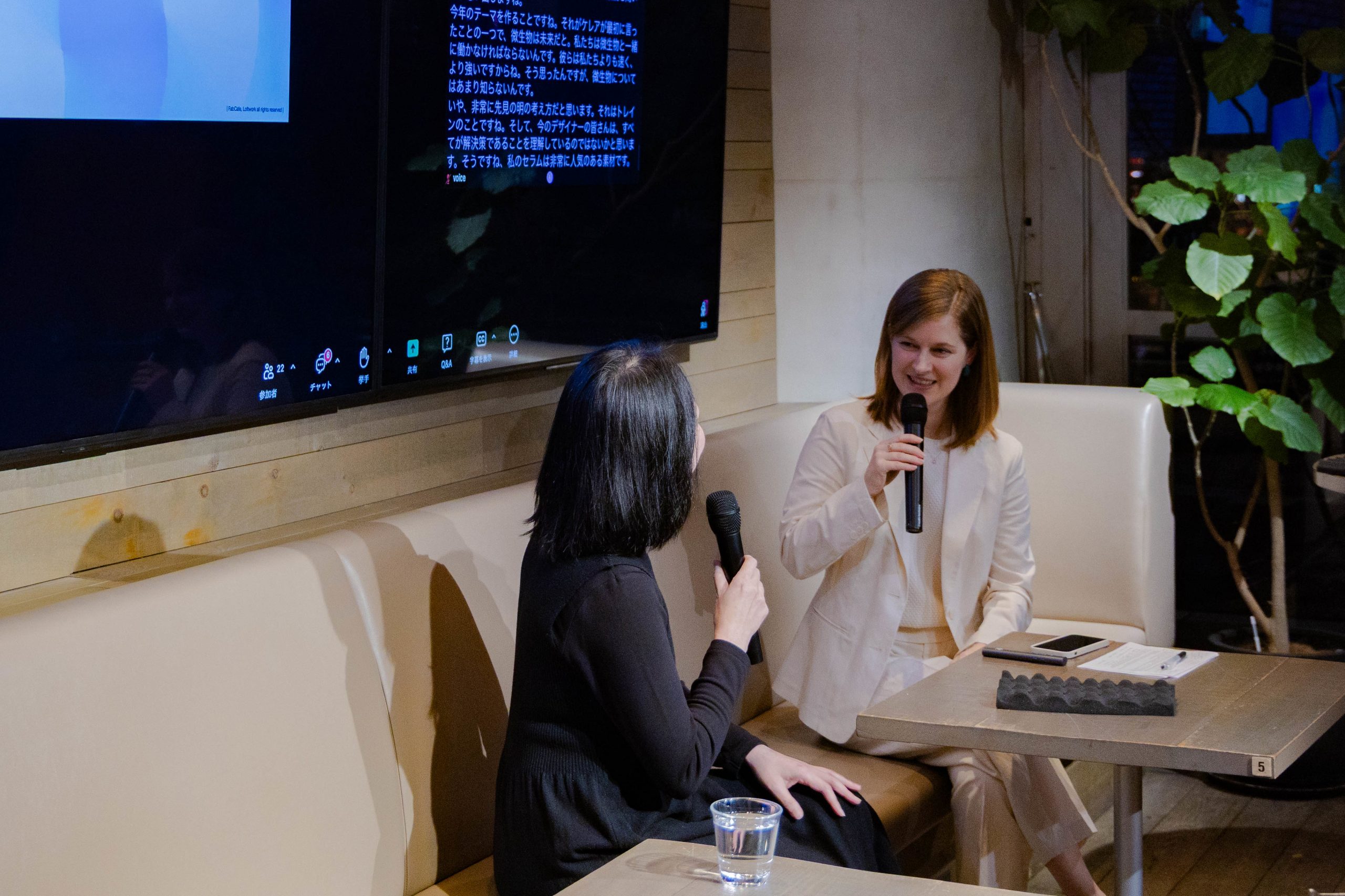
FabCafe Tokyo’s Chief Community Officer Kelsie Stewart (right) is also chairperson of the crQlr Awards and moderator of the summit. Photo: Eileen Kao.
She encouraged attendees to take these insights beyond the summit, applying them to their own fields of expertise: “Real transformation,” Stewart added, “happens when ideas leave the conference hall and enter the real world. Whether you are an artist, scientist, entrepreneur, or policymaker, you have the power to contribute to this regenerative movement.”
The crQlr Summit 2025 reinforced the urgency of shifting toward a circular bioeconomy, calling for a paradigm shift in how materials, products and even waste are perceived. The discussions and projects provided a roadmap for 2050, where regenerative design will no longer be an experiment but the standard. By integrating biology, design, and technology, the crQlr Awards are paving the way for a future where circularity is not just a goal but a way of life.
Full video recording of the crQlr Awards Summit 2025
-
John Amari
Writer & Innovation consultant

